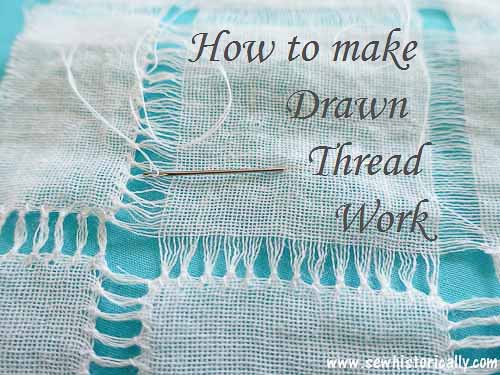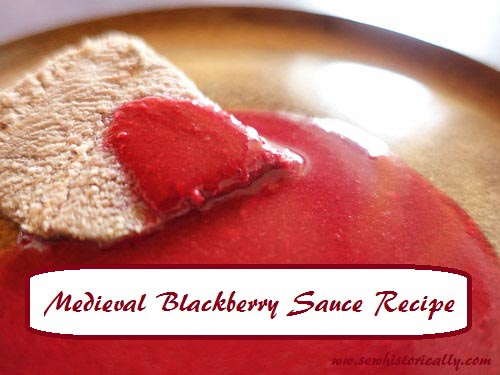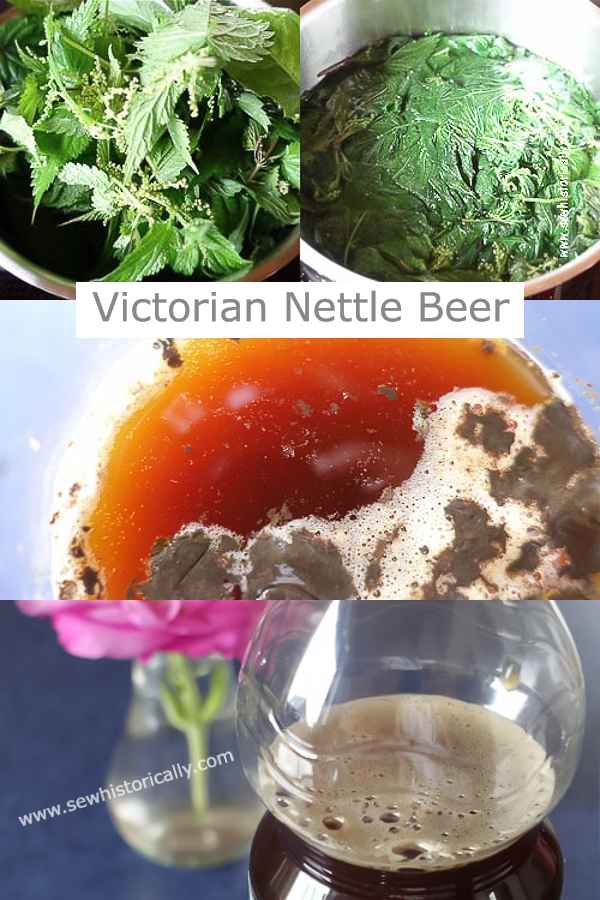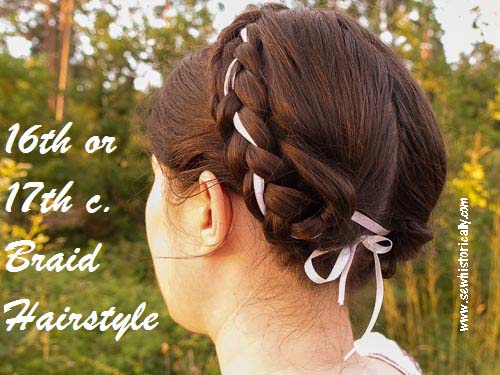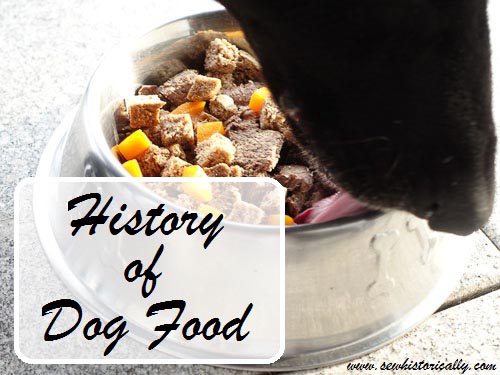Learn to make drawn thread work by hand! Drawn thread work is a beautiful whitework embroidery! It’s easy to make but it takes time.
‘Drawn-thread work forms a connecting link between embroidery and lace work […] it is very durable, and washes well.’ (Every Woman’s Encyclopaedia, 1910-2)
In this tutorial I’ll show you how to make basic drawn thread work by hand. Drawn thread work is a counted thread embroidery: Warp or weft threads are removed and the remaining threads are grouped together with hemstitches.
Drawn thread work has been popular for a long time. It was already used in the Middle Ages (source), and was still popular in the Victorian and Edwardian era and the 1920s. Continue reading Drawn Thread Work Tutorial
